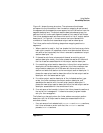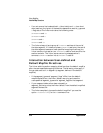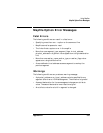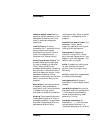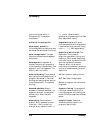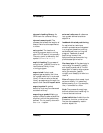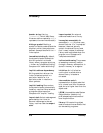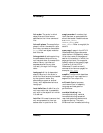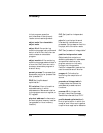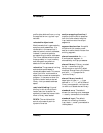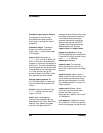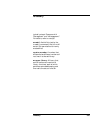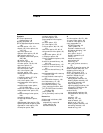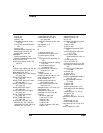
Glossary 319
Glossary
link order The order in which
object files and libraries are
specified on the linker command
line.
link-edit phase The compilation
phase in which the compiler calls
the linker to create an executable
(a.out) file from object modules
and libraries.
linkage table A table containing
the addresses of shared library
routines and data. A process calls
shared library routines and
accesses shared library data
indirectly through the linkage
table.
load graph A list of dependent
shared libraries in the order in
which the libraries are to be loaded
by the dynamic loader. Any
executable program or shared
library with dependencies has a
load graph.
local definition A definition of a
routine or data that is accessible
only within the object file in which
it is defined.
lock file A file used to ensure that
only one process at a time can
access data in a particular file.
magic number A number that
identifies how an executable file
should be loaded. Possible values
are SHARE_MAGIC,
DEMAND_MAGIC, and
EXEC_MAGIC. Refer to magic(4) for
details.
man page A page in the HP-UX
Reference. Man page references
take the form title(section), where
title is the name of the page and
section is the section in which the
page can be found. For example,
open(2) refers to the open(2) page
in section 2 of the HP-UX
Reference. Or use the man(1)
command to view man pages, for
example, man open.
mapfile The file which describes
the mapping of input sections to
segments in an output file.
millicode Special-purpose
routines written in assembly
language and designed for
performance.
nonfatal binding Like
immediate binding, nonfatal
immediate binding causes all
required symbols to be bound at
program startup. The main
difference from immediate binding



